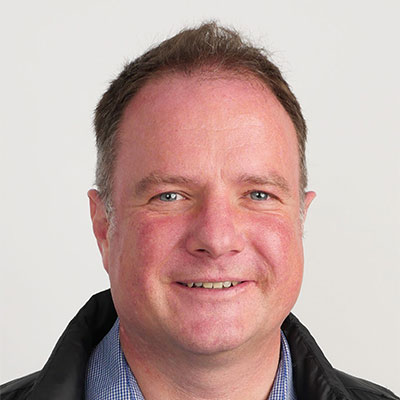1. Bernard Herrmann, conductor – The Man Who Knew Too Much (1956)
This remake by Alfred Hitchcock (of an earlier 1934 film) sees James Stewart and Doris Day cast as two holidaymakers who unwittingly become involved in an assassination plot. The suspenseful climax takes place in the Royal Albert Hall – with almost ten minutes of music and no dialogue – as the two lead characters attempt to stop a shooting that is timed to coincide with a crashing cymbal.
Hitchcock’s soundtrack composer Bernard Herrmann is shown conducting the London Symphony Orchestra (which we named one of the world's best orchestras.). This remake re-uses a piece from the earlier film, Arthur Benjamin’s Storm Clouds Cantata, with Herrmann tweaking the original score, adding new colours for harp, organ and brass. The music ramps up the tension, complete with thundering percussion.
2. Jascha Heifetz, violinist – They Shall Have Music (1939)
In the early 20th century the Russian-born US violinist Jascha Heifetz was famous worldwide. Known for his distinctive style of performance, he often looked severe and intense, holding his right elbow at a high angle and displaying a ‘Russian-style’ bow grip. He had a powerful technique, using intense vibrato to produce a glowing tone. In this film from the late 1930s Heifetz plays himself, taking the part of a musical benefactor who is called on to rescue a music school that has fallen on hard times.
Along with Heifetz, the film also features a cameo by film composer Alfred Newman and members of the California Junior Symphony Orchestra, including violinist Raymond D Bowman who later became a well-known music critic.
3. Leopold Stokowski, conductor – Fantasia (1940)
Generations of children have been introduced to classical music by watching Disney’s landmark 1940 film Fantasia, the first film to use stereophonic sound technology. Its famous first segment sees the silhouetted Philadelphia Orchestra playing Leopold Stokowski’s rich arrangement of JS Bach’s Toccata and Fugue in D minor, as an animated fantasy begins to unfold, with the orchestra’s swirling bows taking on an abstract life of their own.
The story goes that someone once said to the conductor that they admired him because he was the only man they knew who had shaken hands with Mickey Mouse. ‘No, no, no,’ retorted Stokowski, ‘He shook hands with me’.
4. Esa-Pekka Salonen, conductor – The Soloist (2009)
The Finnish composer Esa-Pekka Salonen may be well-known as principal conductor and artistic director of London’s Philharmonia but he has also been involved with several films, including 2009’s The Soloist, in which he appears as himself. This intriguing drama is based on the true story of how an LA journalist, Steve Lopez (Robert Downey Jr), discovers a down-and-out cellist Nathaniel Ayers (Jamie Foxx), a former prodigy at the Juilliard who is suffering from schizophrenia.
With Lopez’s help, the musician turns his life around and is introduced to members of the Los Angeles Philharmonic and its music director Salonen. ‘The unique thing’, says Salonen about Ayers is ‘not only is he reconnecting with music but that he is getting his story back’. This overlooked film is well worth investigating.
5. Philip Glass, composer – The Truman Show (1998)
A film that managed to pre-empt the whole Big Brother TV phenomenon was The Truman Show. Set in the not-too-distant future the main protagonist, Truman Burbank, played by a surprisingly toned-down Jim Carrey, has grown up in a vast TV studio that is modelled on an ideal seaside town.
Composer Philip Glass worked on the soundtrack, including extracts from some of his previous film scores, notably the pulsing closing segment of 1985’s Mishima, performed by the Kronos Quartet. Glass appears on screen playing a short melancholy arpeggiated piano solo in the TV company’s control centre, while Truman is filmed asleep on a big screen in the background.
6. William Walton, composer – Wagner (1983)
Director Tony Palmer’s superb biographical profile, marking the centenary of Richard Wagner’s death, pulls in more that its fair share of theatrical heavyweights, with Richard Burton as the composer and support from Vanessa Redgrave and Laurence Olivier. But it is the brief appearance of British composer William Walton, as Friedrich Augustus II of Saxony, that marks a remarkable cameo appearance. Aged 80, Walton was nearing the end of his life but he enters fully into the spirit of the film, disruptively snoring during some tedious band music. Some notable singers also appear in the film, with soprano Gwyneth Jones cast as Malvina von Carolsfeld, the first Isolde.
- Six of the best: jazz cameos in pop
- 6 of the best classical music-themed films on Netflix
- Top 10 film composers – of all time
- These movie directors are using classical music to create viral memes and memorable moments
Top image by Getty Images

